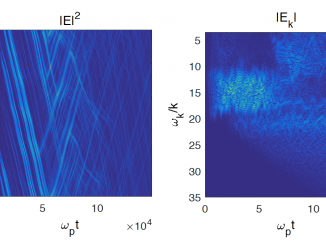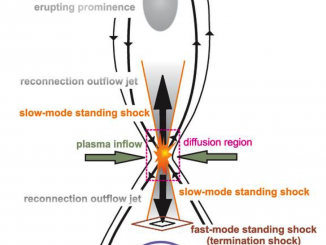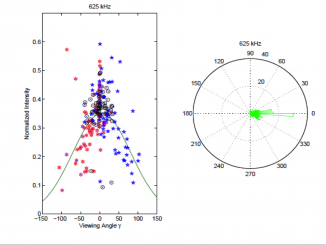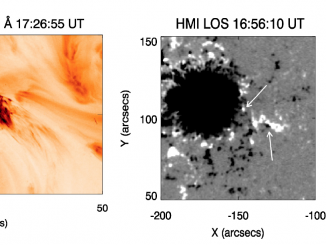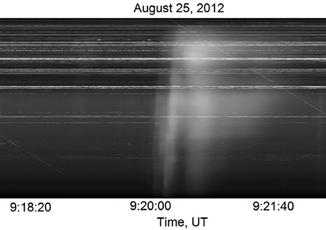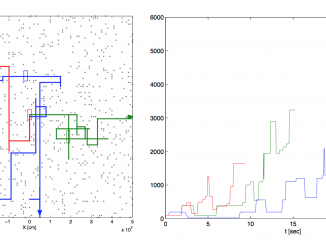Acceleration of electrons in the solar wind by Langmuir waves produced by a decay cascade
by Catherine Krafft and Alexander Volokitin
It was recently reported that a significant part of the Langmuir waveforms observed by the STEREO satellite (Graham and Cairns, 2013) during type III solar radio bursts are likely consistent with the occurrence of electrostatic decay instabilities, when a Langmuir wave \(\mathcal{L}\) resonantly interacts with another Langmuir wave \(\mathcal{L}^{\prime}\) and an ion sound wave \(\mathcal{S}^{\prime}\) through the decay channel \(\mathcal{L} \rightarrow\mathcal{L}^{\prime}+\mathcal{S}^{\prime}\). Usually such wave-wave interactions occur in regions of the […]

